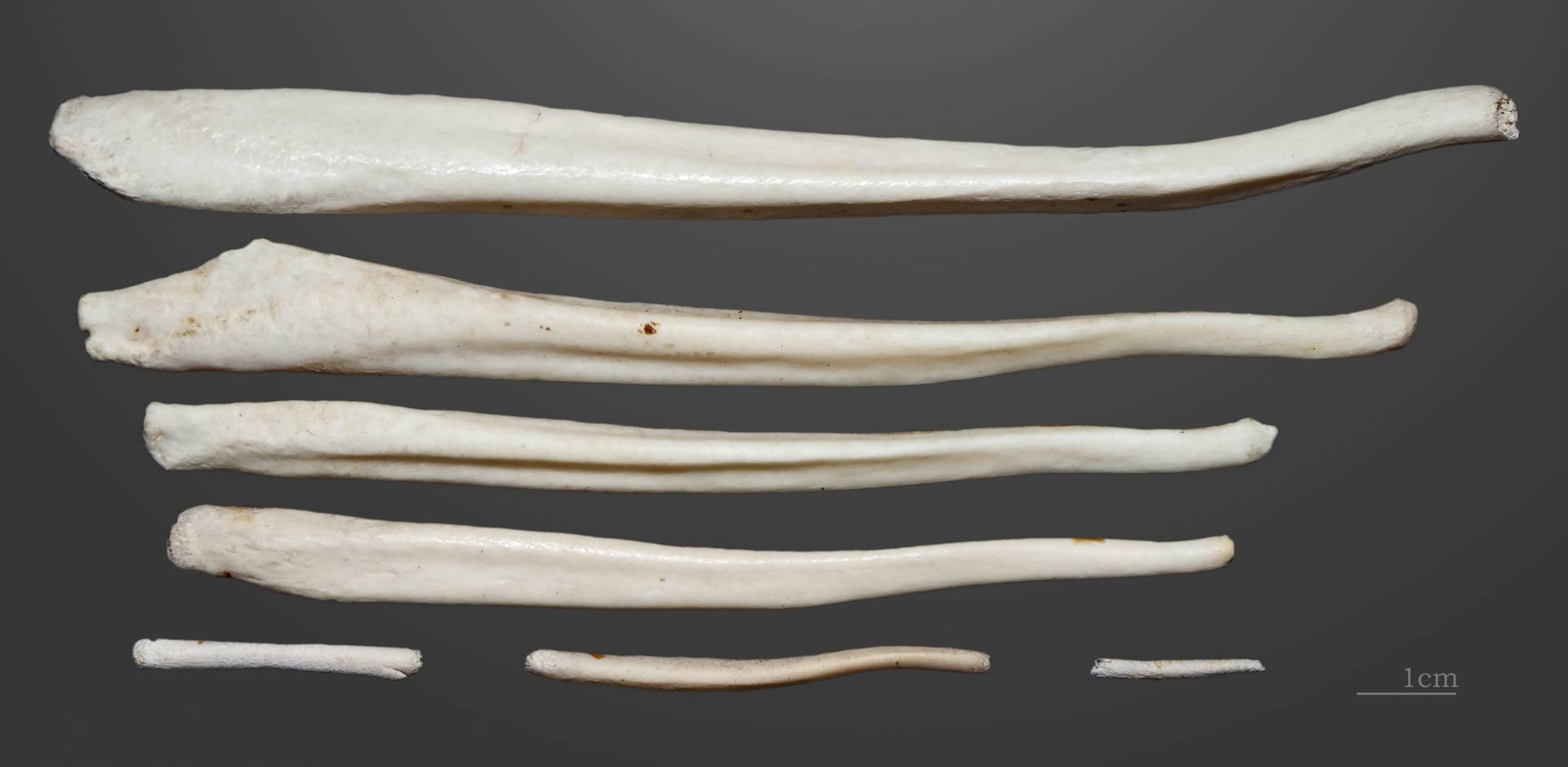Monkeys, walruses, and polar bears have different-sized penis bones, while humans evolved to get rid of theirs.
Scientists have now discovered why the baculum or penis bone is no longer present in humans. This bone has baffled researchers because it remains unconnected to any major skeletal structure.

The baculum helps other animals mate for extended periods of time, which allows the sperm to have a longer life expectancy when there are several male partners competing for going at it with a single female.
Because competition is less aggressive for humans when it comes to sex, human males have evolved to discern of their baculum because sexual intercourse is not supposed to last as long, at least in a strictly biological sense.
A bone to help you bone
At first, researchers intended to understand what made the baculum appear as it is in mammals that still have it. They noted a void in the evolutionary trajectory of the function of the baculum and what it accomplished for the endurance of a species.
In animals, the development of the male reproductive organ is usually the subject of notable evolutionary changes, but the baculum’s history shows that it is not always present and that it has different shapes and dimensions depending on the mammal at hand. What’s more is that, for example, not all primates have a baculum, but a significant number of them do.
Past studies suggest that the baculum is important to sexual success, where the presence of a penis bone influenced the reproductive behaviors of mice. It was revealed that, after 27 generations of mice, those with thicker penis bones were linked to a higher degree of sexual selection pressure, while mice who could reproduce themselves without too much competition did not have a baculum at all.
One of the factors that researchers noted acted upon sexual selection pressure was the size of the testicles. Species with high levels of sexual competition tend to have larger testes relative to their body mass, which in turn is linked to the presence of a baculum in several species. But testicle size did not serve as a mediating factor between sexual activity and the presence of a penis bone.
Then, researchers hypothesized that by increasing the period of penile intromission in females would increase the chance of reproductive success for the species.
In essence, the baculum would act as a construction beam, allowing the penis to remain strong and protecting its inner structure. In some bat species, it was also determined that the baculum facilitated sperm flow and the process through which the penis becomes erected.
“The adaptive function of the baculum, under high levels of intra-sexual selection, is yet to be established. A potential strategy by which a male could increase their reproductive success, by outcompeting rival males, is through prolonging intromission and consequently delaying a female mating with another male. The prolonged intromission hypothesis argues that the baculum helps to facilitate this prolonged duration of intromission by supporting the penis,” reads the report.
Finding the secret of the baculum
To find a significant link that explains the presence of a penis bone, researchers built a tree comprised of 5020 mammal species and focused on primates to understand the evolutionary traits that led to the disappearance of the baculum. They looked for a relationship between baculum length and testes mass for most species and then tried to link that result to the penile intromission rate during the reproductive act.
Furthermore, researchers analyzed the factors that influenced sexual selection pressure, pairing them to seasonal breeding patterns. They focused on primates because there was more data available, due to them being the most studied order of mammals.

It was determined that within primates, apes had undergone a great deal of changes in their penis bones, which appeared to be particularly small or nonexistent. It appears that after an evolutionary split when apes were set apart from monkeys their baculum was reduced in length, which also displayed a relation with intromission duration in females.
“After long intromission durations had evolved, the baculum was rarely lost. However, the baculum was often lost if intromission duration remained short. Long intromission durations rarely became short again when a baculum was present. By contrast, when a baculum was absent, intromission duration switched frequently between being long and short,” wrote Matilda Brindle and Christopher Opie from the Department of Anthropology, University College London.
The testicle size argument proved to be uneventful in the case of primates since any evolutionary link between size and baculum presence is less than significant, although it may influence the baculum’s length, width or shape.
Also, the study showed that primates in polygamous societies where reproduction goes by the season had longer penis bones than primates that did not rely on seasons for reproduction, which shows that sexual selection pressure is the key factor behind the presence of a baculum. A prolonged intromission would help males to have a higher chance of fertilizing females, which is of great importance when dealing with other aggressive males that fight for reproduction.
Source: UCL
